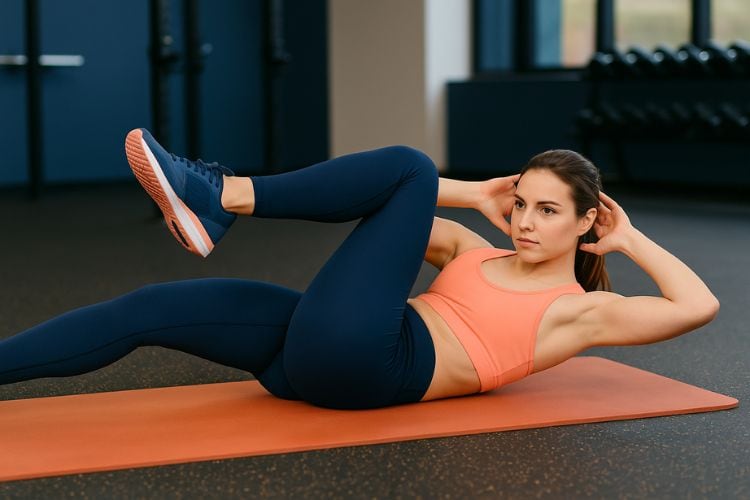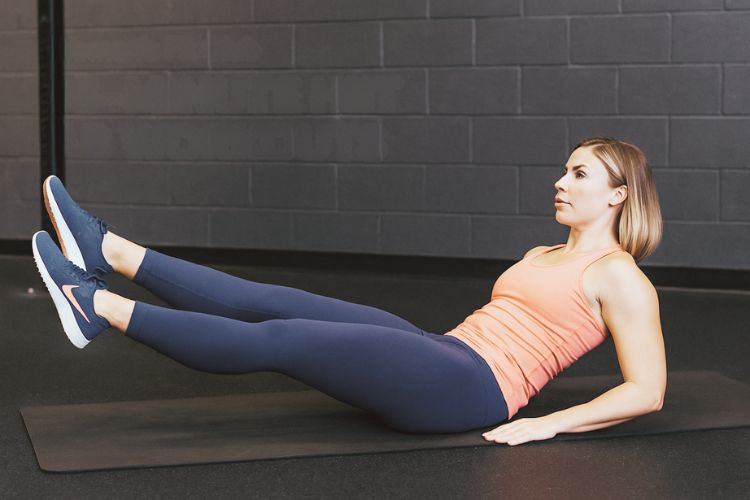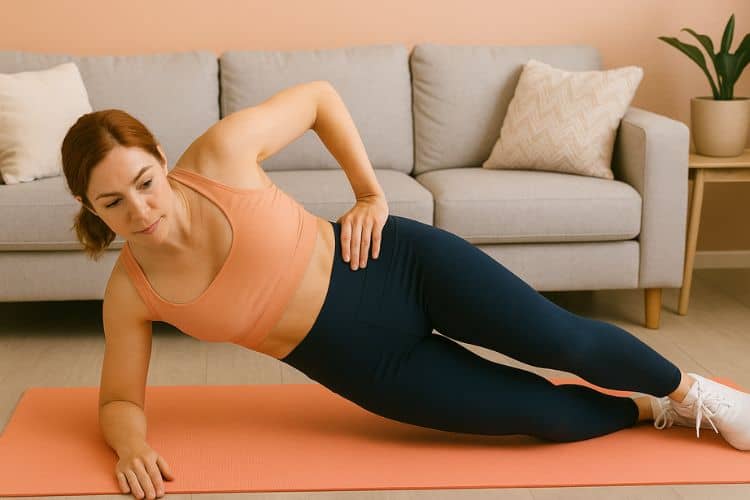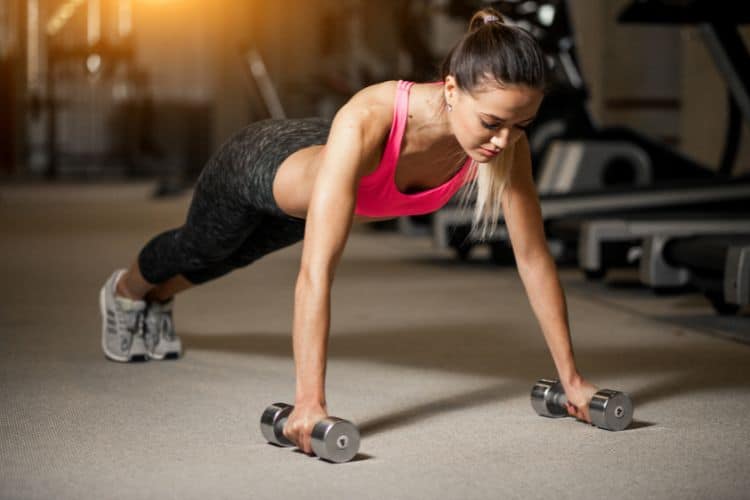Sign up for workout ideas, training advice, reviews of the latest gear and more.





Looking to build a strong, athletic physique without stepping foot in a gym? Full body calisthenics strength training offers a powerful, minimalist approach to fitness using nothing but your own bodyweight. From pull-ups and push-ups to pistol squats and planks, calisthenics not only builds muscle and burns fat but also enhances mobility, coordination, and real-world functional strength.
In this comprehensive guide, we’ll explore how to build full-body strength with calisthenics, the best bodyweight exercises to include in your routine, and how to progress over time.
Calisthenics is a form of strength training that relies on your bodyweight to build muscle and improve fitness. Unlike traditional weightlifting, which requires gym equipment, calisthenics can be done anywhere — at home, in the park, or even while traveling.
The focus is on compound, multi-joint movements that engage several muscle groups at once. Exercises like pull-ups, dips, squats, and push-ups not only sculpt your body but also enhance your balance, stability, and control.
Calisthenics is the most accessible form of strength training. You can start right now without any equipment, making it ideal for beginners, home workout enthusiasts, and travelers.
By training your body to move as one unit, calisthenics enhances coordination, balance, and mobility — the kind of strength you use in daily life.
Bodyweight training isn’t just for beginners. With variations and progressions, you can challenge your muscles just as effectively as you would with weights. Think archer push-ups, one-arm pull-ups, or pistol squats.
Since calisthenics involves full ranges of motion and minimal external load, it’s gentle on the joints and excellent for mobility, especially when combined with active stretching.
Because calisthenics often incorporates compound and high-rep movements, it burns calories while building lean muscle mass — making it a powerful tool for body recomposition.
Start by building proficiency in the foundational movements: push-ups, squats, pull-ups, dips, and planks. These exercises target all major muscle groups and lay the groundwork for advanced skills.
Instead of isolating muscles, focus on multi-joint exercises that work multiple muscles simultaneously. This builds real-world strength and saves time.
Even without weights, you can challenge your muscles through:
A full-body approach ensures balanced development and maximizes calorie burn. Training every major muscle group in one session also improves muscular coordination and athletic performance.
Here’s a sample 3-day full-body calisthenics workout plan. Perform each workout 2-3 times per week with at least one rest day between sessions.
Warm-Up (5–10 minutes)
Workout
Cool-Down
Warm-Up
Workout
Cool-Down
Warm-Up
Workout
Cool-Down
Classic push-ups engage the chest, triceps, shoulders, and core. Variations like diamond push-ups, archer push-ups, and one-arm push-ups add intensity and challenge.
A powerhouse upper-body exercise that targets the lats, biceps, and rear deltoids. Beginners can start with negatives or resistance bands.
Use parallel bars or a sturdy surface to target the chest, shoulders, and triceps.
Bodyweight squats work your quads, hamstrings, glutes, and core. For more challenge, progress to jump squats, pistol squats, or shrimp squats.
An isometric core builder that also strengthens the shoulders, glutes, and lower back. Side planks and plank reaches add variation.
Excellent for building shoulder and tricep strength, pike push-ups mimic the motion of overhead presses using just bodyweight.
This advanced core and hip flexor exercise also builds shoulder and triceps endurance.
Slowing down the eccentric (lowering) phase of each movement increases muscle activation and strength gains.
Move from standard push-ups to pseudo planche push-ups or from squats to pistol squats. Keep challenging your limits.
Incorporate isometric holds like wall sits, plank variations, L-sits, or planche leans to develop endurance and control.
Use a workout log or app to monitor your progress and ensure you’re increasing volume or intensity over time.
To build muscle with calisthenics, your nutrition must support your training. Here’s how:
Hydration supports muscle function, energy, and recovery. Aim for 2–3 liters of water per day, depending on activity level.
Eat a balanced meal 60–90 minutes before your workout, and refuel within an hour post-training with protein and carbs to boost recovery.
Never sacrifice form just to get more reps. Bad form increases injury risk and reduces effectiveness.
Upper-body movements get the spotlight, but neglecting legs or core leads to imbalance and weakness.
Doing the same exercises week after week won’t lead to gains. Introduce harder variations or tempo changes to keep progressing.
Recovery is where strength gains happen. Overworking without rest leads to fatigue, plateaus, and injury.
Full body calisthenics strength training is an incredibly effective, versatile, and empowering way to build a strong physique and athletic performance — no gym required. Whether you’re a beginner or an advanced athlete, bodyweight training challenges your muscles, enhances mobility, and builds total-body strength with practical movements.
Stick with a structured routine, focus on mastering the basics, progressively challenge your body, and stay consistent. In time, you’ll unlock new levels of strength, control, and confidence — all with nothing more than your bodyweight.
Want more workout and video guide?
Follow us on Pinterest, Facebook, and Subscribe to our Newsletter and Stay tuned for FREE downloads of our App coming soon!
Stay up to date on the latest women’s health, fitness and lifestyle trends and tips.